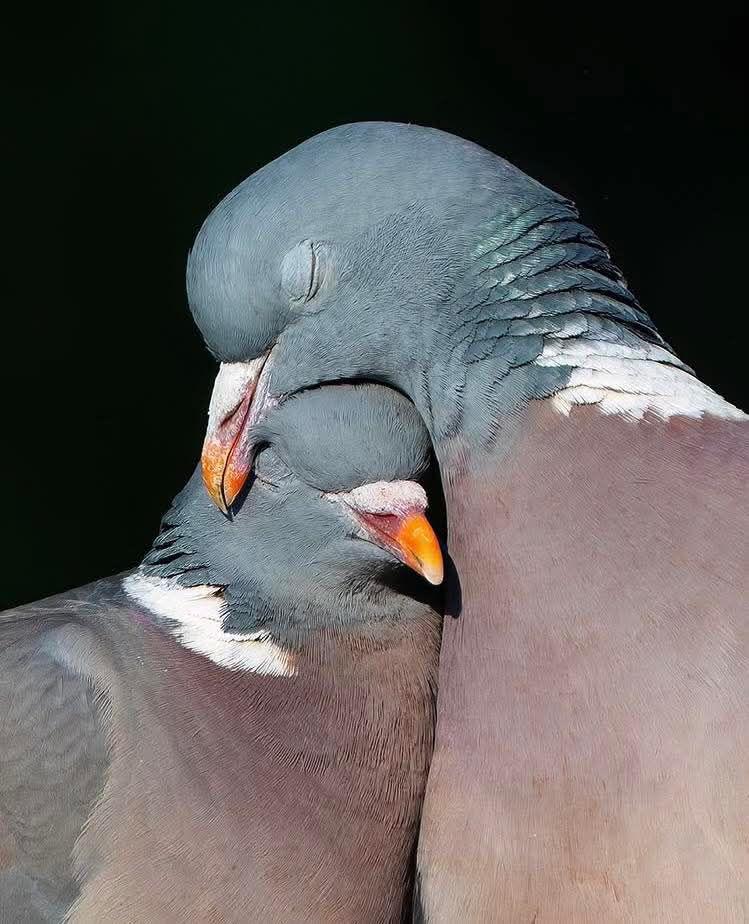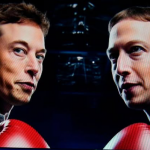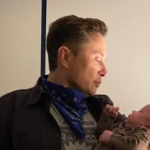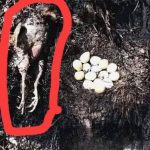The Misunderstood Genius: Rethinking Our Relationship With Pigeons

In a world increasingly driven by technological marvels and artificial intelligence, it’s easy to overlook the living miracles among us—creatures of instinct and intuition, of emotional richness and cognitive brilliance. Of all the animals we tend to ignore, ridicule, or write off as “pests,” few are as unjustly maligned as the humble pigeon. Often dismissed as city nuisances, these birds possess a depth of intelligence, loyalty, and evolutionary refinement that rivals some of the most celebrated members of the animal kingdom. It’s time we give pigeons the recognition and compassion they have always deserved.
Devotion in Feathers: A Love Story in the Sky
Take a moment to look at two pigeons nestled against each other—heads tucked, eyes closed, bodies pressed close in gentle, wordless connection. This isn’t mere instinct or random comfort-seeking. This is devotion. Pigeons form lifelong monogamous partnerships. They don’t just mate for convenience; they stay together through seasons of raising chicks, finding food, and navigating their often-hostile urban environments. Like many monogamous animals, their bond is emotional as well as functional. They preen each other, communicate in coos and clicks, and return to each other even after long separations.
Interestingly, pigeons also exhibit a “divorce rate” that fluctuates based on environmental stress—reminding us of the shared pressures all species face in a changing world. When stressed, just like us, their relationships can suffer. This isn’t just a biological quirk. It is a profound reflection of their complex inner lives and emotional systems.
Born Navigators: A Biological Compass Beyond Human Understanding
Perhaps one of the most mind-blowing aspects of pigeon biology is their built-in GPS system. Pigeons possess microscopic magnetic crystals embedded in their beaks. These crystals allow them to detect Earth’s magnetic field, enabling them to orient themselves over vast distances with incredible precision. In fact, pigeons have been known to travel hundreds and even thousands of miles to return to their home roost.
They are one of nature’s true navigators—not reliant on sight alone, but guided by invisible forces. Scientists believe pigeons can also read polarized light patterns in the sky and hear frequencies far below the range of human hearing. This combination of multi-sensory data turns them into flying marvels capable of mapping terrain, weather, and spatial relationships in a way that is still baffling modern science.
Smarter Than You Think: A Top-Tier Thinker
We tend to reserve the word “intelligent” for mammals like dolphins, chimps, or elephants. But pigeons belong in that conversation, too. In fact, researchers have found that pigeons can:
-
Count and recognize numbers.
-
Learn abstract concepts like sameness and difference.
-
Understand probability.
-
Recognize themselves in mirrors (a sign of self-awareness).
-
Distinguish individual human faces.
-
Even outperform some human toddlers in certain memory and categorization tasks.
One groundbreaking study at Keio University in Japan trained pigeons to distinguish between paintings by Picasso and Monet. Another found they could recognize every letter in the English alphabet and differentiate between real words and gibberish.
Their intelligence is not just mechanical or instinctual—it includes decision-making, memory, pattern recognition, and even an understanding of cause and effect. Pigeons rank in the top ten for animal intelligence on Earth, according to multiple studies. Yet, society continues to look down upon them as “winged rats.” What irony.

A Hidden World of Color and Communication
What we see in pigeons—a dull gray bird with a shimmering neck—barely scratches the surface. Human eyes are limited to seeing three primary colors (red, green, and blue), but pigeons can see in four. That fourth channel allows them to detect ultraviolet light, unveiling a world of vibrant patterns invisible to our eyes.
To pigeons, each other’s feathers shine with hidden signals. These UV patterns help them identify mates, assess health, and communicate emotions. Pigeons can also distinguish individual coos, using specific sounds for courtship, territory warnings, and danger alerts. Some studies show that they even remember and recognize the unique “voices” of other pigeons across vast distances.
Their society, in other words, is full of nuance, emotional language, and encoded messages—something humans have yet to fully decode.
More Than Just Bread Eaters: Pigeons as Parents and Heroes
Beyond intelligence and sensory prowess, pigeons are incredibly nurturing. Both male and female pigeons produce “crop milk,” a nutrient-rich substance generated in their throats to feed their babies during their first days of life. This biological phenomenon is rare—only a few birds, like flamingos and emperor penguins, share the ability.
Pigeon parents share responsibility in brooding, feeding, and protecting their chicks. Their care is continuous and cooperative, with each partner taking turns to ensure the survival and wellbeing of their young. It’s a lesson in teamwork, empathy, and endurance.
Pigeons are also war heroes. In World War I and II, they served as messengers due to their remarkable homing ability. One of the most famous pigeons, Cher Ami, delivered a life-saving message despite being shot, blinded in one eye, and losing a leg. That single act saved 194 American soldiers. She was awarded the French Croix de Guerre and is memorialized in the Smithsonian.
These aren’t just animals—they are allies in our shared history.
How We Failed Them: From Companions to Castaways
Ironically, pigeons once held a very different status. For thousands of years, they were domesticated by humans. Ancient Egyptians, Persians, Greeks, and Romans bred pigeons for messages, sport, and even companionship. Charles Darwin himself studied pigeon breeding as part of his research on evolution.
But in recent centuries, as industrialization took hold and urban centers exploded, people began abandoning pigeons. These once-valued birds became nuisances in the eyes of the public—left to fend for themselves in cities that provided little in the way of shelter or nourishment.
Unlike true wild birds, pigeons are genetically inclined to live alongside humans. They nest in ledges that mimic cliffs and forage for food near human activity. They didn’t choose to be here. We brought them close, then turned our backs. Now, many suffer from malnutrition, disease, and abuse.
We owe them more than scorn.
What Can You Do? Compassion in Action
If this article has changed how you view pigeons, consider taking a few small steps that can make a big difference:
-
Provide Clean Water: Especially in hot urban environments, pigeons struggle to find clean water. Leave out a shallow bowl.
-
Offer Healthy Food: Oats, unsalted birdseed, and corn are safe and healthy. Avoid processed foods like bread or chips.
-
Advocate for Humane Treatment: Speak out against city policies that harm pigeons or hire exterminators. Push for humane solutions.
-
Educate Others: Share the facts about pigeon intelligence and history. Combat the stigma.
-
Support Wildlife Rescue Groups: Some organizations specifically help urban birds like pigeons. Donations, volunteer work, or simply amplifying their messages can help.
They Deserve Our Empathy
Empathy is not just about loving puppies or protecting endangered species. It is about recognizing the sentience in every being, especially those we have wronged or ignored. Pigeons, with their tiny hearts and vast minds, are capable of love, loyalty, sacrifice, and complex thought. They have stood by us for millennia. Isn’t it time we stood up for them?
Let us honor the feathered souls who grace our skies, rooftops, and sidewalks—not with contempt, but with compassion. Every coo, every wingbeat, every glowing ultraviolet feather reminds us that intelligence and beauty often exist where we least expect them.
Pigeons are not pests. They are survivors. They are parents. They are partners. They are navigators. They are symbols of peace. And most importantly—they are worthy.











